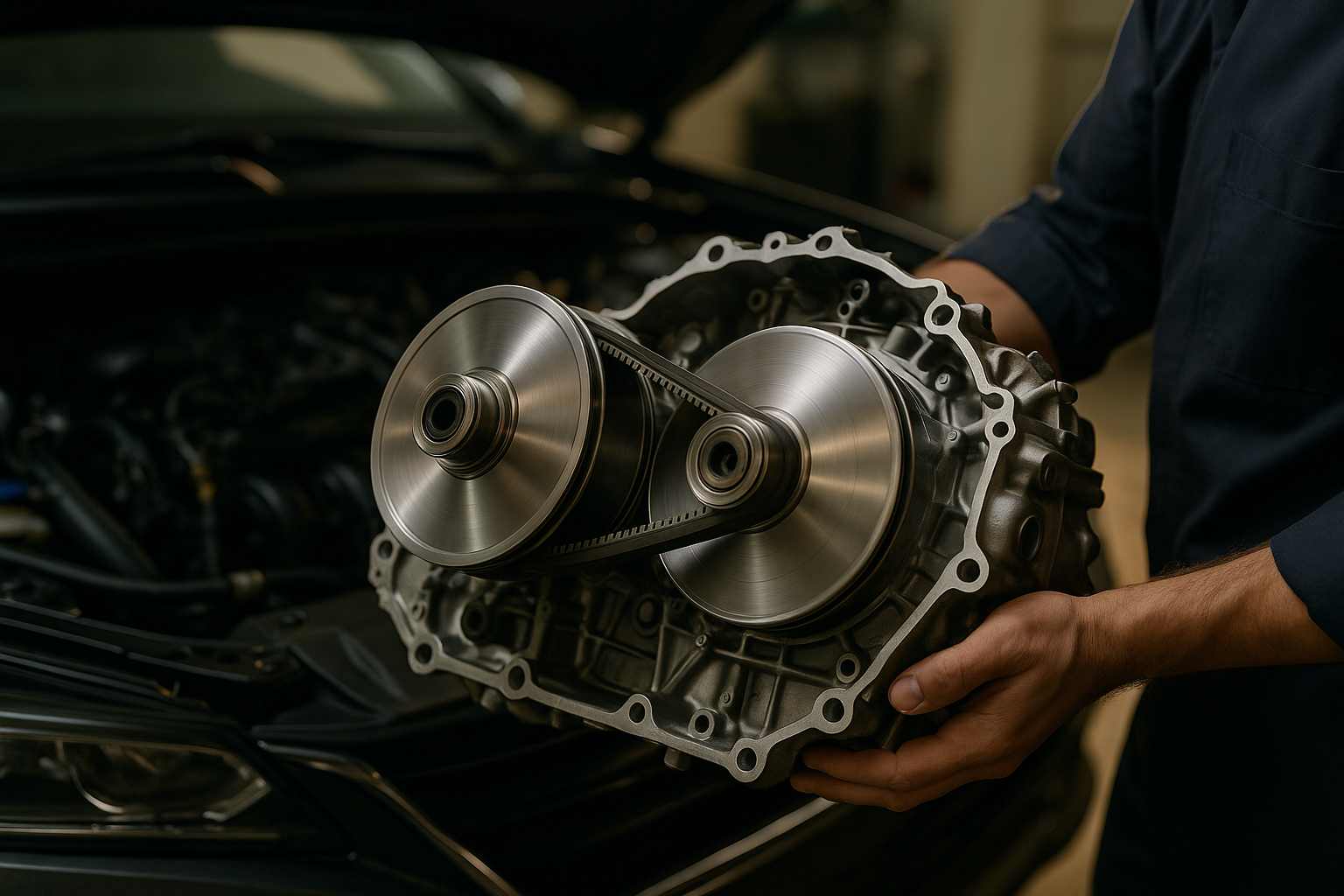Preventive Checks to Avoid Mid-Cycle Failures
Mid-cycle failures in a washer can interrupt laundry routines and cause frustration. Regular preventive checks help detect common issues early, reduce the risk of breakdowns, and extend the life of your appliance. This short overview highlights practical maintenance steps and simple diagnostics you can perform safely before calling a technician.

Mid-cycle failures—when a washer stops, won’t drain, or fails to spin—often come from predictable issues that preventive checks can catch. Consistent maintenance reduces unexpected disruptions to laundry workflows and helps diagnose problems before they escalate. The following sections cover targeted inspections and troubleshooting steps for common fault areas such as drainage, spin stability, vibration, noise, errorcodes, drum, and motor components. These checks are intended to be safe for typical household appliances; consult your user manual for model-specific guidance.
Washer maintenance checklist
Regular maintenance keeps a washer functioning reliably. Start with visual inspections: check hoses for bulges or cracks, look for rust or loose fittings, and ensure the appliance sits level. Clean the detergent drawer and seals to prevent residue buildup. Remove lint from any accessible filters and run an empty hot-water cycle with a manufacturer-approved cleaner every few months. These routine steps reduce clogs in drainage paths, limit odor, and help the drum and motor perform without added strain.
How to perform diagnostics for errorcodes
When a washer displays errorcodes, consult the user manual for exact meanings because codes vary by brand. Common messages point to door-lock faults, drainage problems, or motor issues. Record the code and sequence of events, restart the machine to see if it recurs, and try a basic reset by unplugging for one minute. Use diagnostics mode if available to run built-in tests. If errorcodes persist after basic resets and filter checks, capture the code and seek professional diagnostics to avoid misdiagnosis of drum or motor faults.
Troubleshooting drainage and spin issues
Drainage failures are a frequent cause of mid-cycle stoppages and often produce spin problems. Start by checking the drain hose for kinks and ensuring it’s positioned at the correct height per the manual. Inspect and clean the pump filter or lint trap; these commonly hold coins, fabric fibers, or small garments. If the pump seems noisy or fails to evacuate water, the pump or impeller may be compromised. For spin failures, verify load balance by redistributing clothing; overloaded or off-balance loads can prevent high-speed spin and trigger safety stops.
Reducing vibration and noise
Excessive vibration or noise during a cycle can indicate leveling, suspension, or drum issues. Use a spirit level to confirm the washer is level front-to-back and side-to-side. Check that adjustable feet are secure and that the appliance isn’t resting on an uneven surface. Inspect shock absorbers and suspension springs in front-loaders for wear, and ensure drum bolts or transit bolts were removed after installation. Unusual metallic noises may point to foreign objects trapped between the drum and tub, which should be removed carefully to prevent drum or motor damage.
Inspecting drum and motor components
A drum that won’t spin or makes grinding sounds can signal motor, bearing, or belt problems. With the machine unplugged, try turning the drum by hand; a smooth, even rotation is normal. Grinding or resistance suggests bearings or foreign debris. For belt-driven top-loaders, inspect the belt for fraying or slippage. Check motor brushes where accessible for wear, and look for burnt smells that may indicate motor overheating. Many motor and bearing repairs require specialist tools and expertise, so document symptoms before contacting repair services.
Basic troubleshooting vs contacting local services
Simple diagnostics and maintenance can fix many mid-cycle failures, but some issues need trained attention. If you’ve verified drainage paths, cleaned filters, leveled the machine, and reviewed errorcodes yet the problem persists, list observed symptoms, errorcodes, and any unusual noises to share with local services. When scheduling service in your area, choose providers with appliance-specific experience and clear diagnostic processes. Keep in mind that visible water leaks, burning smells, and electrical faults should be addressed immediately by a qualified technician to reduce safety risks.
Preventive checks prioritize safety and practicality: maintain hoses and filters, interpret errorcodes carefully, balance loads, and monitor vibration and noise. Regular inspections catch wear before it becomes a failure and help keep washer downtime to a minimum. Tailor these checks to your model using the manufacturer’s manual and record recurring problems so diagnostics can be efficient and accurate.






